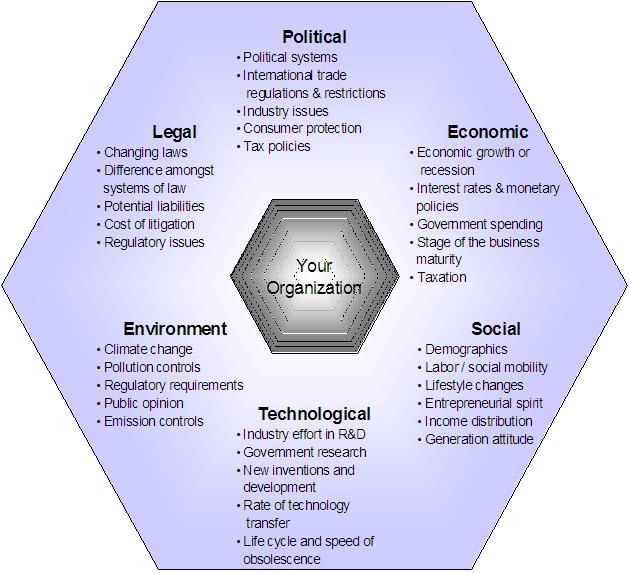In a recent post Mark Schaefer talked about the need for a “liquid” content strategy.
“For the first time ever, our marketing strategy is shaped by the channels and platforms, rather than the opposite. We did our homework, created a message, and got to work. The marketers were in control. Now, it’s much more complicated. Not only are the platforms evolving, but the rules of engagement are also shifting all the time, pushing us to tweak our strategy each week to seize new opportunities.”
I agree that the new media landscape has changed the way we communicate and that it has become more complex. But the notion of a liquid strategy is not new. 20 years ago I was teaching PR students about the importance of doing an environmental scan.
Environmental scanning is a process that systematically surveys and interprets relevant data to identify external opportunities and threats. An organization gathers information about the external world, its competitors and itself. The company should then respond to the information gathered by changing its strategies and plans when the need arises.
One time is not enough – it needs to be done regularly. Just when you think you’ve finished your research and have everything set, things change. It’s a continuous process, not a “one and done” task. You must stay informed at all times.
The new media landscape has just made this easier to do. You can do it faster and get more insights than ever before and more accurate information. We have technology and tools that help us tap into online conversations. People share so much online that it’s easy to find intent statements, questions, comments and complaints – about our brand or organization and about competitors. We can also find out about technology changes, political and environmental information and more. It’s all so much easier to research today.
Goals and objectives should not be set without research first. A strategy should never be set in stone. It’s about listening first, analyzing what you find, identifying gaps, opportunities and threats and using that data to inform your content strategy. Then once the content is published it’s back to listening, engaging, responding and monitoring.
If you don’t use the tools available to track the effectiveness of your content you’ll never know what’s working and what’s not working.
Once you have that data you adapt your content strategy… changing its strategies and plans when the need arises.
The Chinese definition of insanity applies here: doing the same thing over and over and expecting a different result. The point of research and monitoring is to find out whether you are on track and whether you are making progress. If not, change the strategy!

